In that context, the Law on Cultural Heritage (amended), officially taking effect from July 1, 2025, is expected to create a tighter legal corridor, contributing to improving the effectiveness of preserving and promoting heritage values in a sustainable manner.

Urgent requirement
Recently, a series of serious cases of cultural heritage damage have caused public outrage and concern, and at the same time sounded the alarm about loopholes in heritage conservation and protection.
In October 2024, a major fire at Pho Quang Pagoda (Phu Tho) - a national relic dating back more than 800 years - burned down all the wood, tiled roof, electrical system and 27 Buddha statues in the Tam Bao temple. More regrettably, the Tran Dynasty lotus stone pedestal - a rare national treasure still preserved here - was also severely damaged and is unlikely to be restored to its original state. After the incident, the Ministry of Culture, Sports and Tourism requested the locality to urgently assess and implement a project to restore the relic.
While the Pho Quang Pagoda fire had not yet subsided, public opinion continued to be shocked by two other heritage violations within a month. In early May 2025, the tomb of King Le Tuc Tong - a national historical relic in Thanh Hoa - was dug up, and the stone stele was broken. On May 24, at the Hue Monuments, a tourist brazenly climbed over the fence, climbed onto the Nguyen Dynasty throne and broke the right armrest, despite the presence of security forces at the scene.
The series of consecutive incidents has raised many questions about management capacity, heritage protection effectiveness as well as the professional capacity and response of the current team working to preserve and protect relics.
Cultural heritage encroachment is not a new phenomenon, but for many years now, the work of preserving and promoting the value of heritage has always been a "hot" issue, continuously warned by experts. Reality in many localities shows that cultural heritage is facing the risk of encroachment in many forms: restoration that is not original, embellishment that causes deformation, stolen artifacts, vandalized statues, defaced stone steles, encroached relic grounds...
Associate Professor Dr. Dang Van Bai - Vice Chairman of the National Cultural Heritage Council - commented that the level of heritage damage is increasingly serious, partly due to lax management at the local level, and partly due to shortcomings in the current legal system. "This is a warning bell, especially for the protection of National Treasures - artifacts of special value - requiring specific, long-term protection measures, instead of waiting for consequences to occur and then fixing them" - Associate Professor Dr. Dang Van Bai emphasized.
Regarding law enforcement, Associate Professor Dr. Le Thi Thu Hien - Director of the Department of Heritage (Ministry of Culture, Sports and Tourism ) - said that after nearly 15 years of applying the Law on Cultural Heritage (amended) in 2009, although many positive results have been achieved, the legal system has also begun to reveal many shortcomings. "Some regulations are still general, lacking specific mechanisms for implementation; others are no longer suitable for practice. Therefore, amending and supplementing the Law on Cultural Heritage is an urgent requirement, in order to meet the requirements of preserving and promoting heritage values in the current context" - Ms. Hien shared.
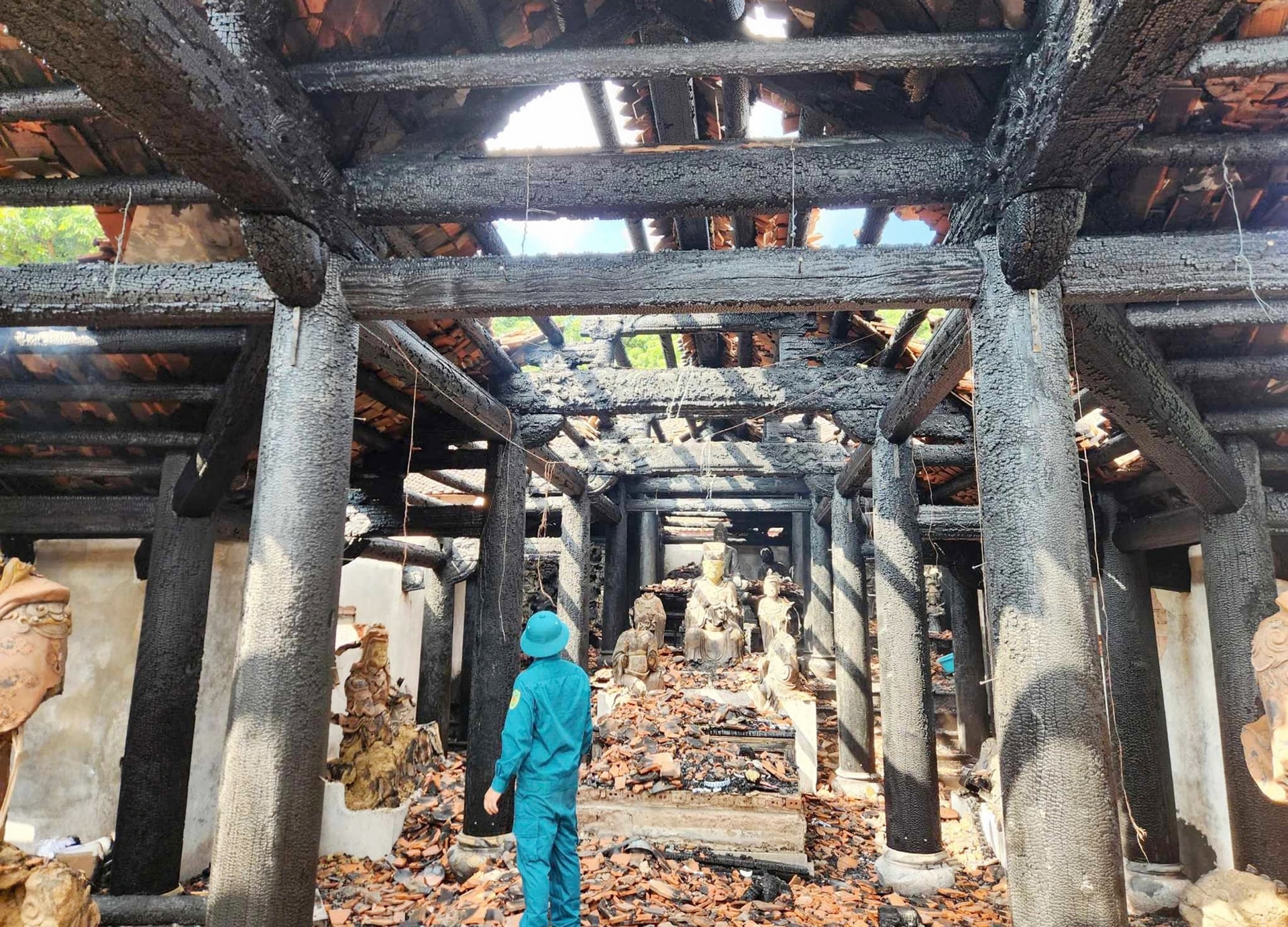
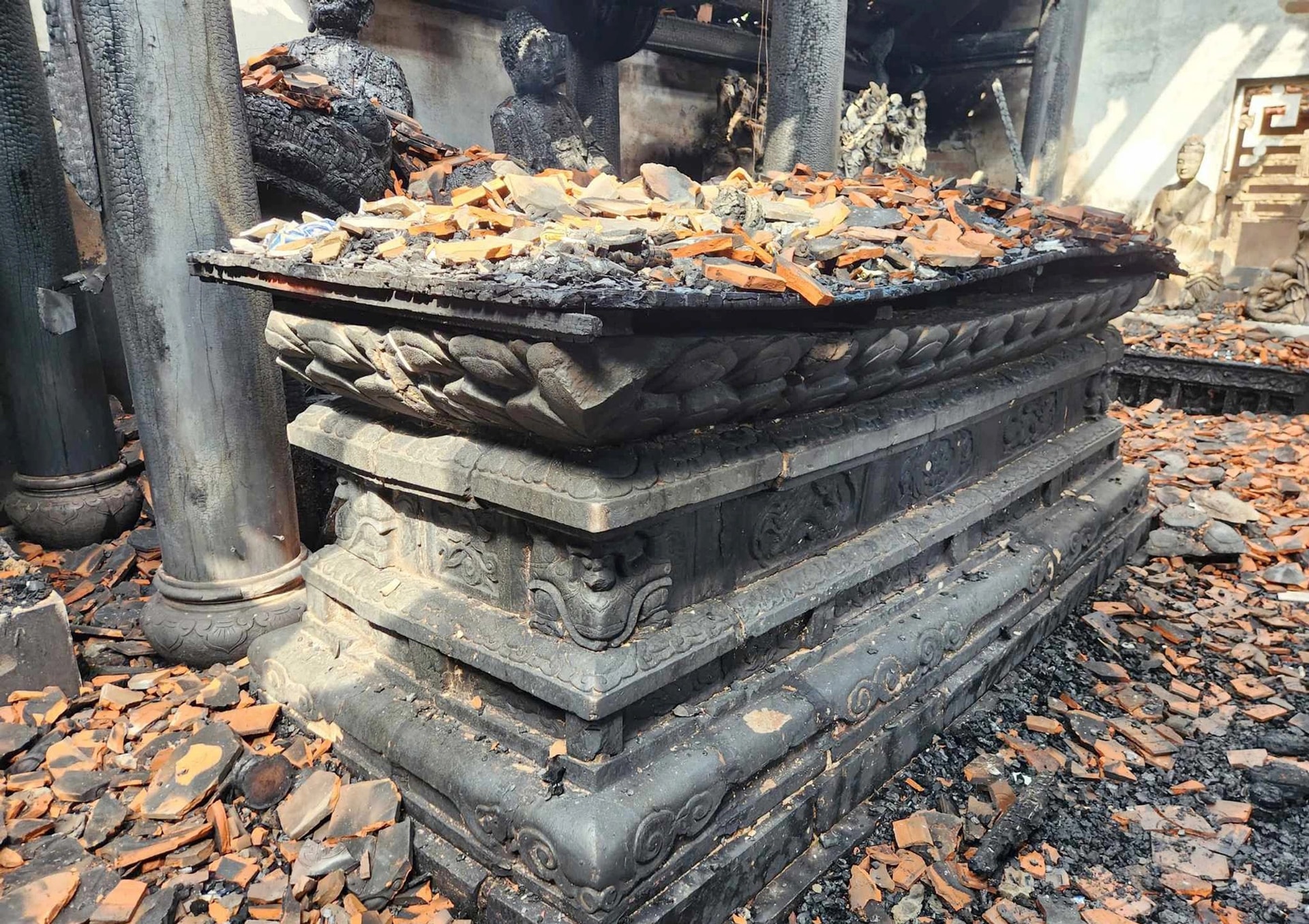
Removing bottlenecks, overcoming "loopholes" in management
The Law on Cultural Heritage (amended) 2024 was passed by the 15th National Assembly at the 8th Session on November 23, 2024 and officially took effect from July 1, 2025. The new Law consists of 9 chapters and 95 articles - an increase of 2 chapters and 22 articles compared to the current Law of 2001 (amended and supplemented in 2009). According to the assessment, this amended Law has closely followed the goals, viewpoints and major policies of the Party and State; at the same time, it is consistent with the requirements of sustainable development, ensuring consistency with the current legal system and compatibility with international treaties to which Vietnam is a member.
Associate Professor, Dr. Le Thi Thu Hien - Director of the Department of Heritage (Ministry of Culture, Sports and Tourism) - said: "With the Law on Cultural Heritage (amended), many issues have been specified more clearly and in more detail, creating a tight legal corridor, which is the basis for the work of protecting and preserving heritage to become more effective, systematic and professional".
According to the Department of Cultural Heritage (Ministry of Culture, Sports and Tourism), the 2024 Law on Cultural Heritage (amended) has supplemented and completed many important provisions, contributing to strengthening the legal effect in the work of protecting and promoting heritage values. One of the basic new points is the clearer regulation on the establishment of heritage ownership rights according to each type: Public ownership, common ownership, private ownership, in accordance with the Civil Code and related legal documents. The Law also stipulates a policy of prioritizing budget allocation for activities of protecting and promoting heritage values; focusing on training and fostering specialized human resources.
Regarding relic management, the Law has specified the principles and authority to adjust the boundaries of protection zones I and II of relics, world heritages and buffer zones; at the same time, it clearly stipulates the repair, renovation, construction of works and houses inside and outside the protection zone to ensure feasibility and harmony between conservation and development. Another important content is the completion of the list of prohibited acts, creating a clearer legal basis for handling violations and guiding implementation. The Law also adds new regulations related to the management of relics, antiquities and national treasures; the process of receiving and handling discovered or handed over artifacts; regulations on the purchase and return of relics and antiquities of Vietnamese origin from abroad to the country.
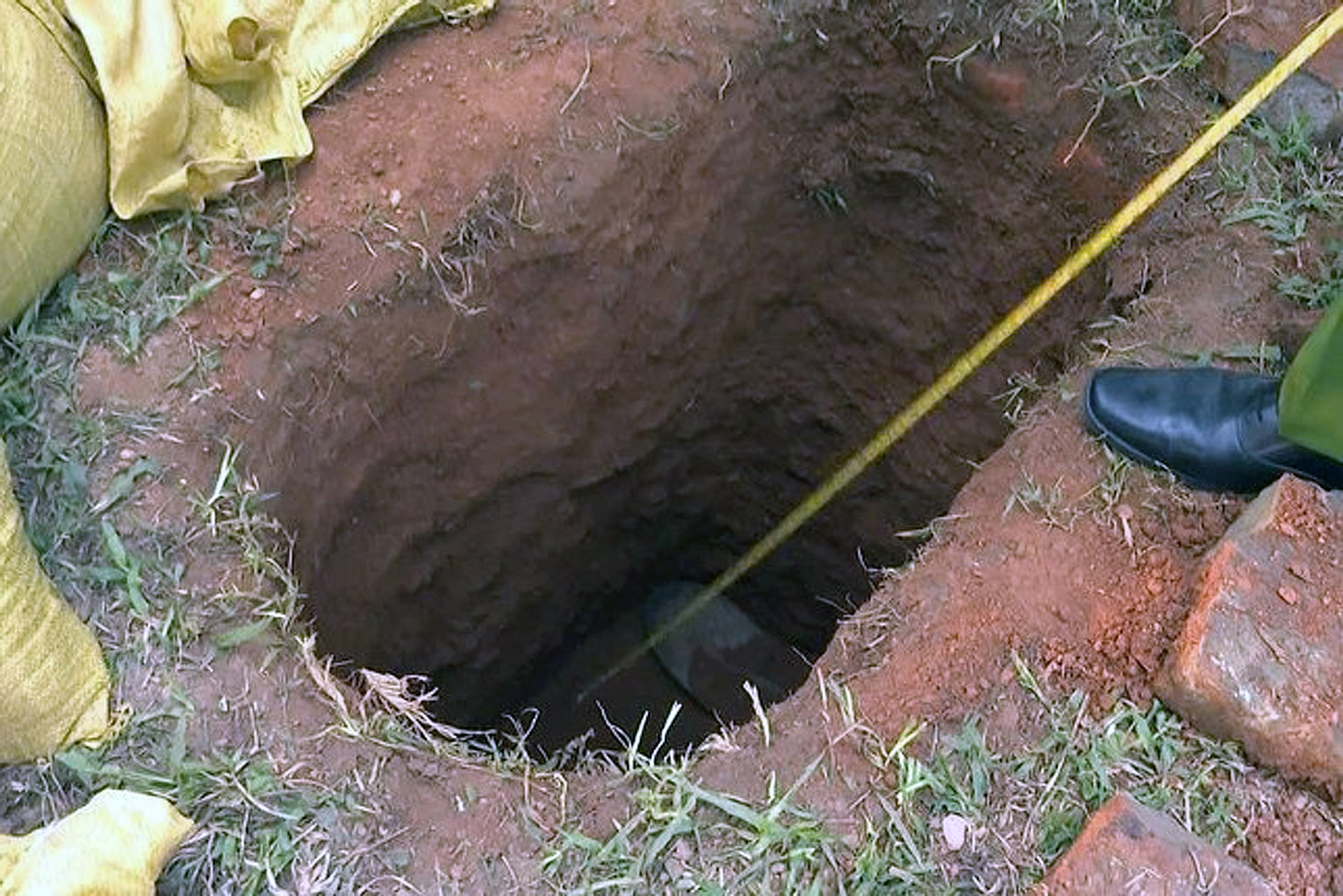
In addition, the new Law adds many policies to support development, such as establishing a Cultural Heritage Conservation Fund; regulations on management, protection and promotion of documentary heritage values; support for the museum system; and addition of specialized inspection agencies in the field of heritage - to improve the effectiveness of monitoring, handling and preventing acts of heritage infringement.
Assessing the superiority of the Law on Cultural Heritage (amended) 2024, Associate Professor, Dr. Bui Hoai Son - Standing Member of the National Assembly's Committee on Culture and Society said that this amended Law clearly demonstrates its superiority, filling in the "loopholes" in management work, resolving unreasonable bottlenecks. The Law focuses on resolving shortcomings, ensuring constitutionality, inheritance, and at the same time amending overlapping regulations that are not suitable for practice.
According to Dr. Le Thi Minh Ly, member of the National Cultural Heritage Council, Vice President of the Cultural Heritage Association, the 2024 Law on Cultural Heritage (amended) specifically stipulates the rights, obligations and responsibilities of agencies, organizations and individuals in managing, protecting and promoting heritage values; principles and prohibited acts; responsibilities of those assigned to manage and use relics... "The Law emphasizes the completion of the legal corridor for the use and exploitation of heritage, the construction of a national database on heritage, digital transformation, socialization in the protection and promotion of heritage values... This opens up a specific mechanism for localities to harmonize interests between conservation and development, promoting heritage values for the cultural industry" - Dr. Le Thi Minh Ly shared.
Experts also expect that after the Law comes into effect, it will create a strong legal corridor for effective and practical conservation and promotion of heritage. Localities will further enhance their roles and responsibilities in management and exploitation so that heritage can shine, promote its value in contemporary life and better serve the people's lives.
Source: https://hanoimoi.vn/luat-di-san-van-hoa-sua-doi-chinh-thuc-co-hieu-luc-kien-tao-hanh-lang-phap-ly-manh-me-708204.html














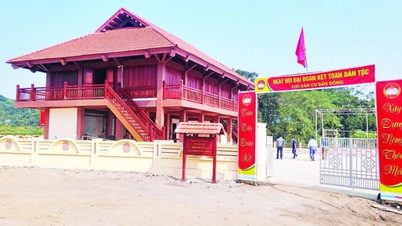



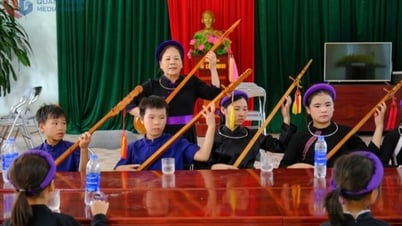



















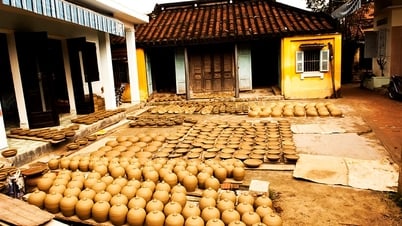




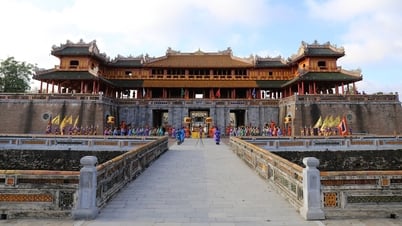


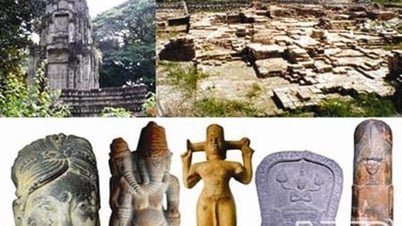



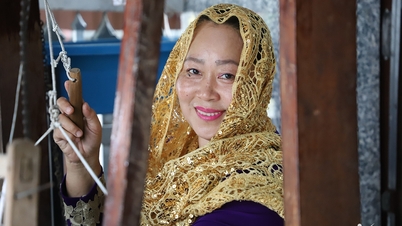






















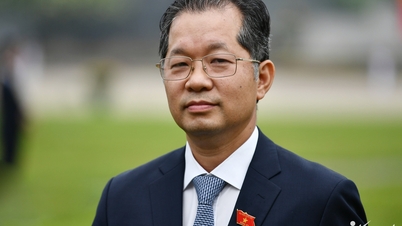



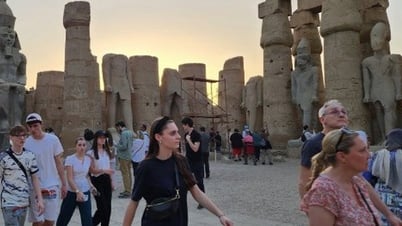









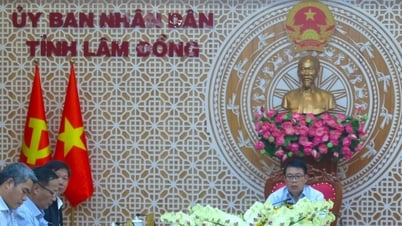
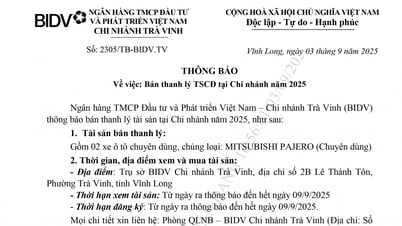




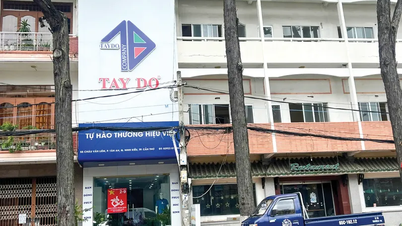










Comment (0)